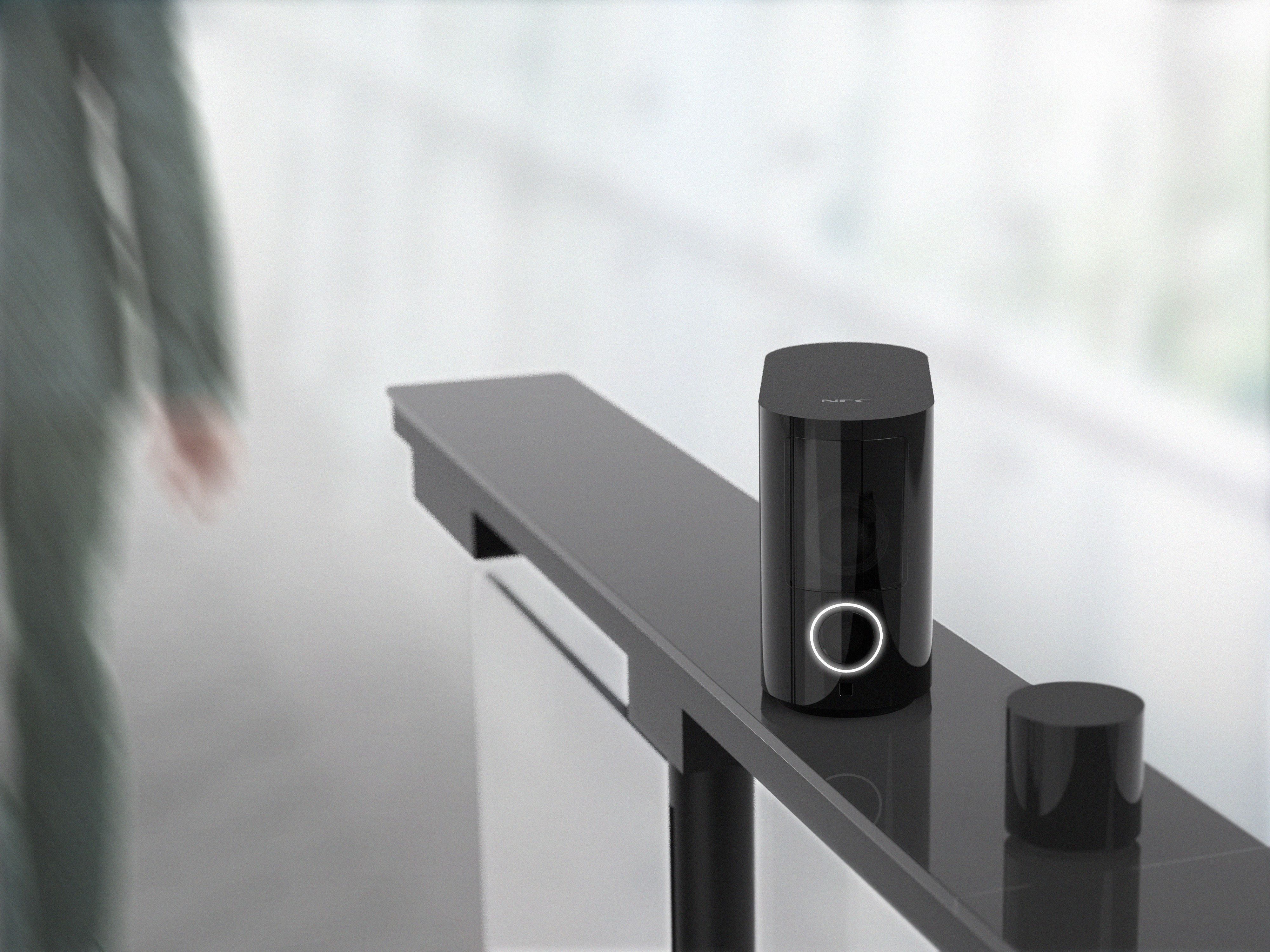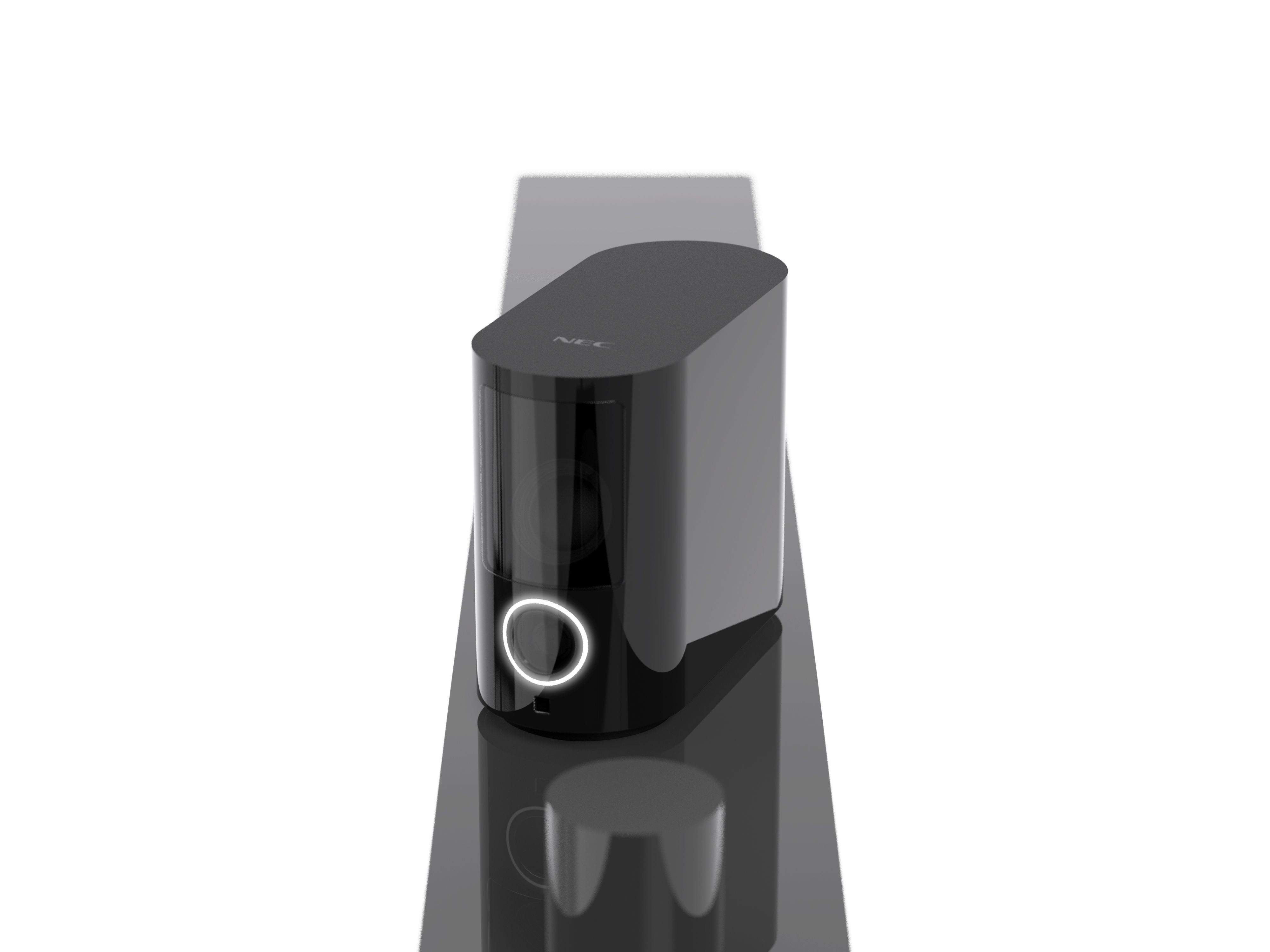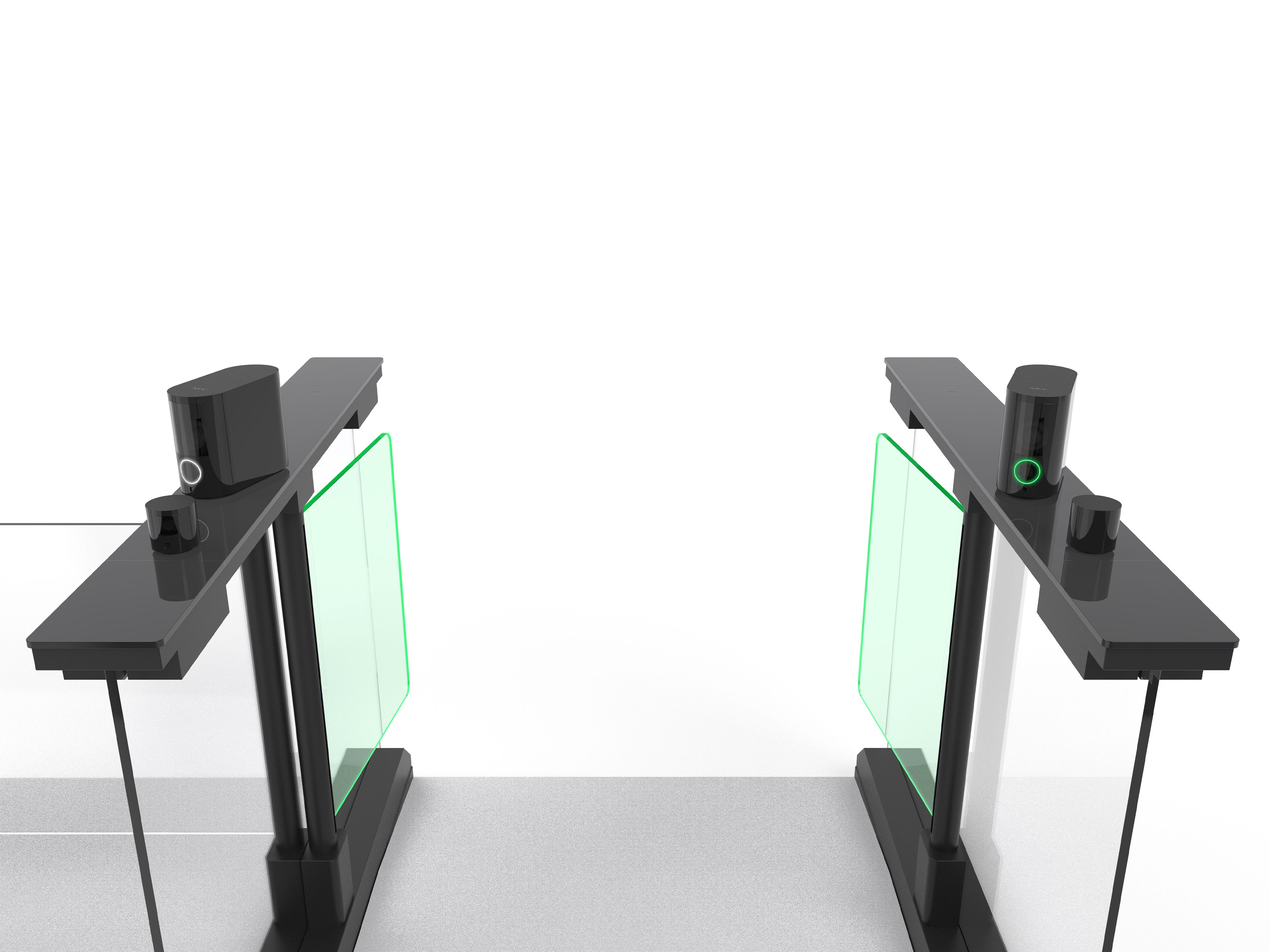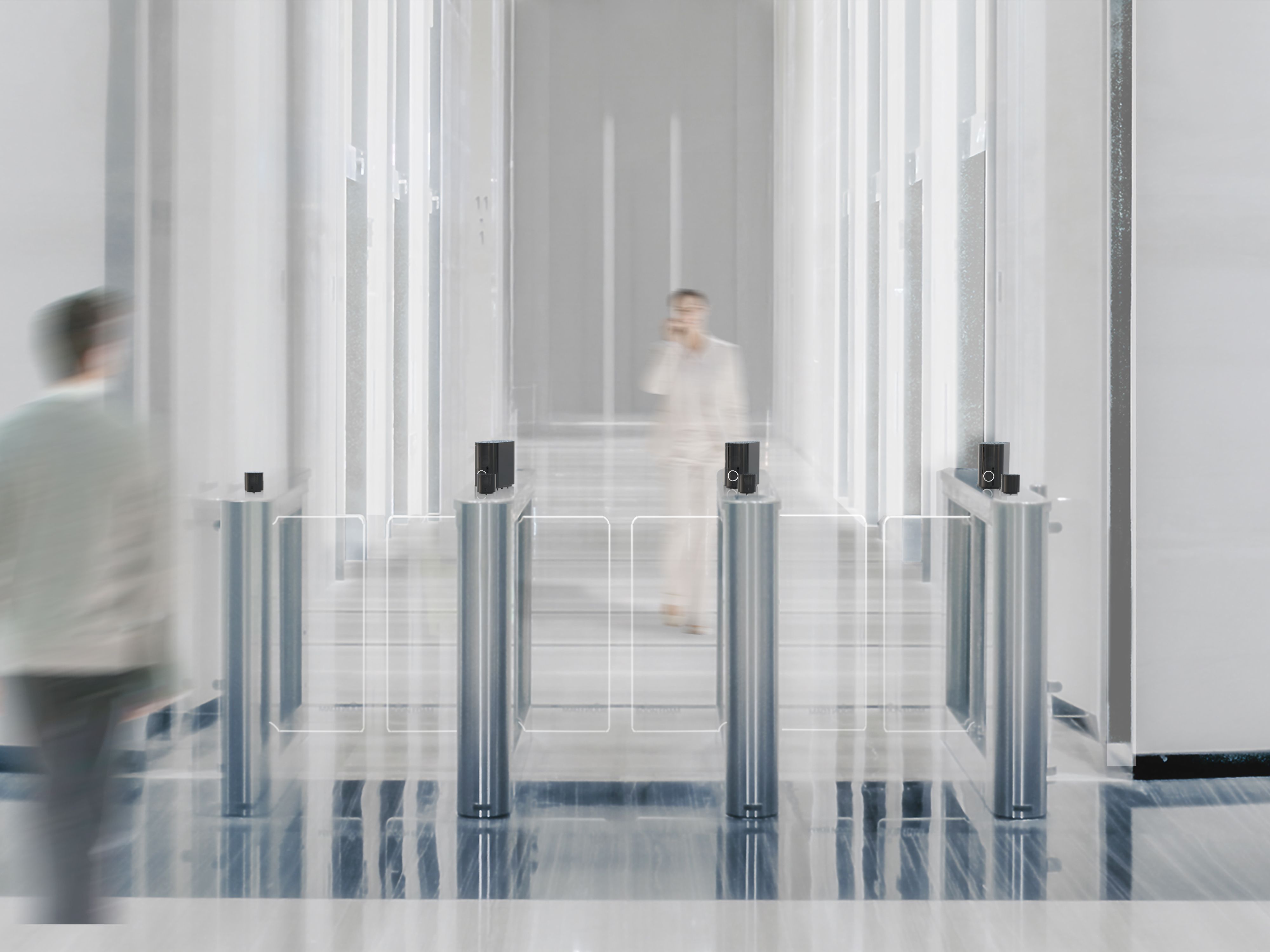
Designers
Yoshiteru Tomooka, Tomomasa Sano
Year
2025
Category
Product
Country
Japan
Design Studio / Department
Corporate Design Department

Three questions to the project team
What was the particular challenge of the project from a UX point of view?
Detecting attempts at impersonation requires higher accuracy than conventional systems, which means installing a bigger camera in the device. This was a challenge because a larger device risked reducing the quality of the UX. Faced with this, we made the most of the fact that the camera was already facing the user by designing the shape of the housing to align with the camera facing to achieve a compact design that also naturally draws the user’s eye to the correct camera. This resulted in a high-quality, intuitive user experience.
What was your personal highlight in the development process? Was there an aha!-moment, was there a low point?
When designing this device, we identified issues with the previous design through input based on actual use and actual users. This showed that, when there are multiple lanes with devices perpendicular to the gate, users were unsure which device to look at. Based on this, and knowing that making the housing smaller would enhance the UX, we designed the device with a diagonal form facing the user in order to intuitively draw their eye. We also positioned an LED interface on the front to further enhance visibility. Improving the UX through these elements left a particularly strong impression on us.
Where do you see yourself and the project in the next five years?
As recognition technology continues to evolve further, it could be possible to create safe spaces without the need for security gates while continuing to diligently protect the privacy of individuals, leading to even safer public spaces in wider society. In such cases, as UX designers, we will work to maximize the value of the experience for those using such systems.


